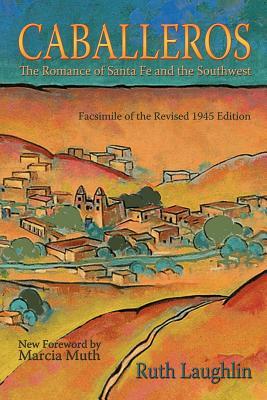This complete history of Santa Fe was written after extensive research and with understanding and a touch of humor. It covers all aspects of Spanish-American traditions, customs, and culture. Although first published in 1931, and revised in 1945, it is still relevant today. The author, born in Santa Fe, captures the elusive quality which makes the atmosphere of the city so appealing and writes with fluent ease of the history of the Southwest from the days of the Conquistadores. She covers every aspect of the life of the region including the political situation of the time with its Japanese Detention Camp, its art, its crafts, its architecture, and of the land and its climate. The 1945 edition includes a detailed index, and an additional chapter and glossary. Readers of this book will get a greater understanding of the past of this popular city that will add its enjoyment in the present time. An added bonus are the illustrations by Norma Van Sweringen, a well-known Southwestern artist in the 1930s.

Caballeros: The Romance of Santa Fe and the Southwest, Facsimile of the Revised 1945 Edition
This complete history of Santa Fe was written after extensive research and with understanding and a touch of humor. It covers all aspects of Spanish-American traditions, customs, and culture. Although first published in 1931, and revised in 1945, it is still relevant today. The author, born in Santa Fe, captures the elusive quality which makes the atmosphere of the city so appealing and writes with fluent ease of the history of the Southwest from the days of the Conquistadores. She covers every aspect of the life of the region including the political situation of the time with its Japanese Detention Camp, its art, its crafts, its architecture, and of the land and its climate. The 1945 edition includes a detailed index, and an additional chapter and glossary. Readers of this book will get a greater understanding of the past of this popular city that will add its enjoyment in the present time. An added bonus are the illustrations by Norma Van Sweringen, a well-known Southwestern artist in the 1930s.